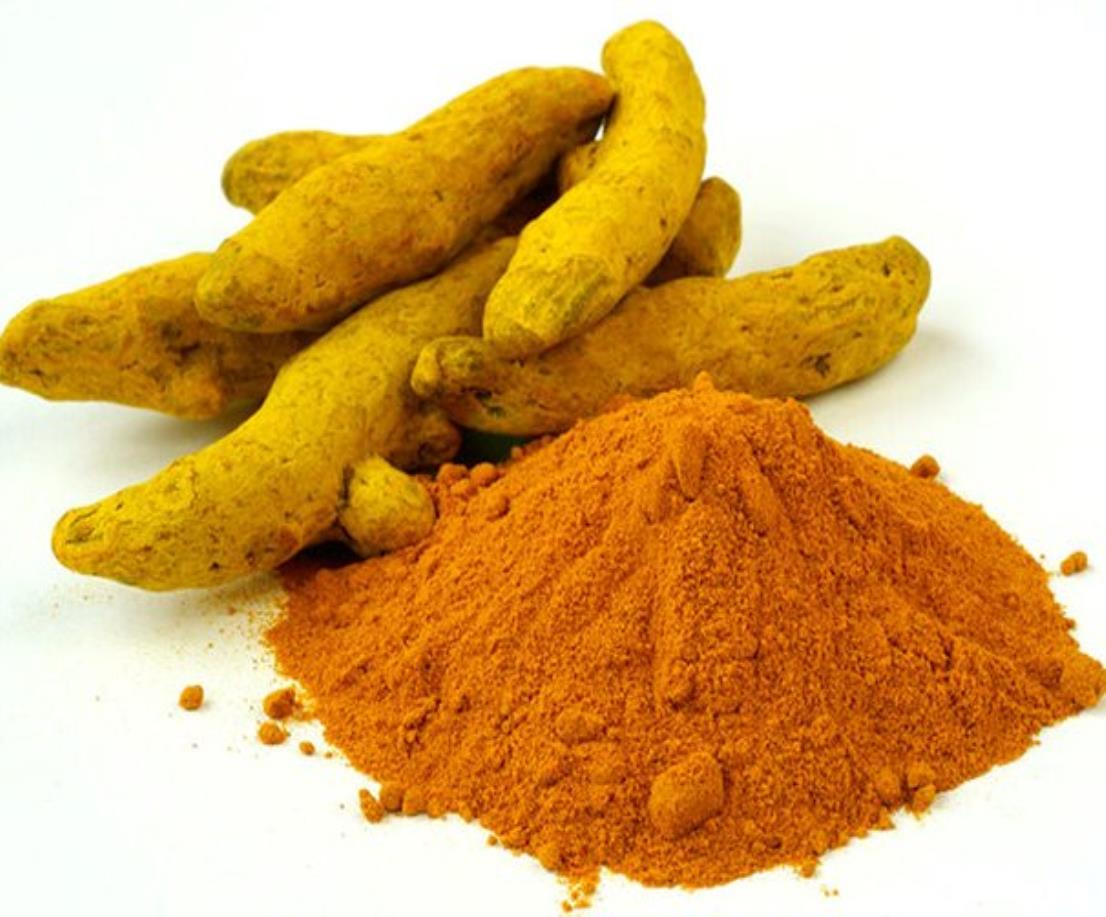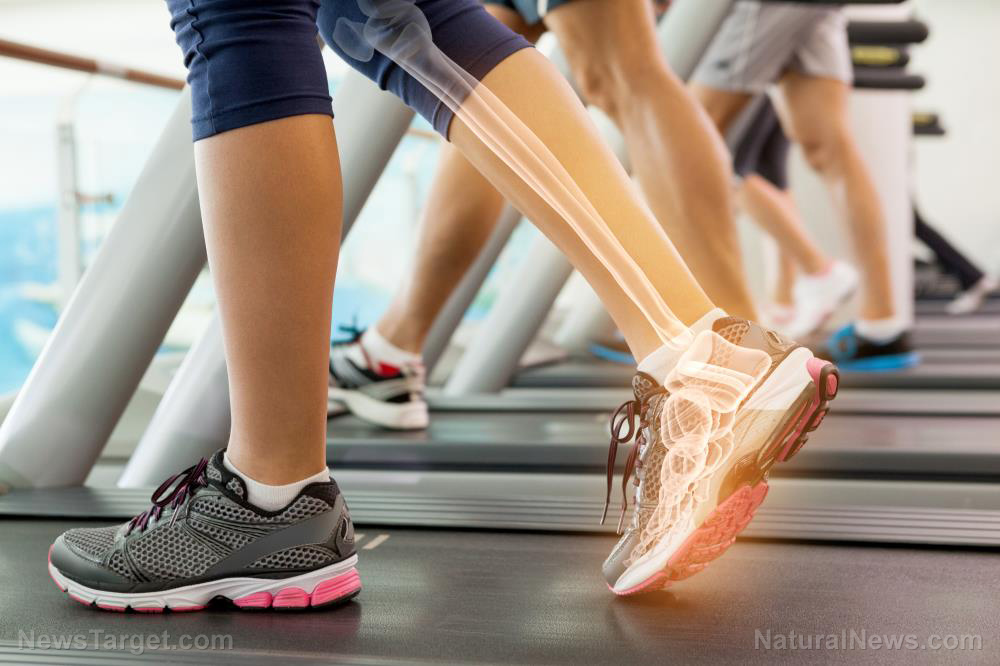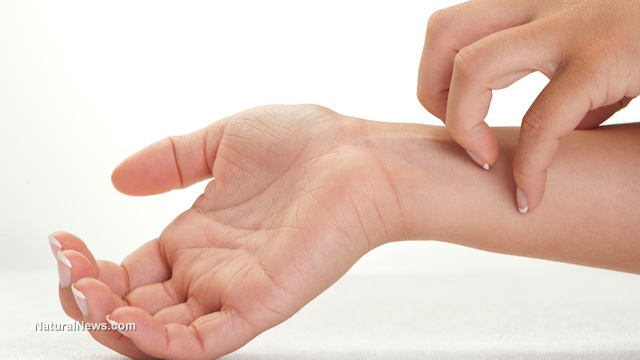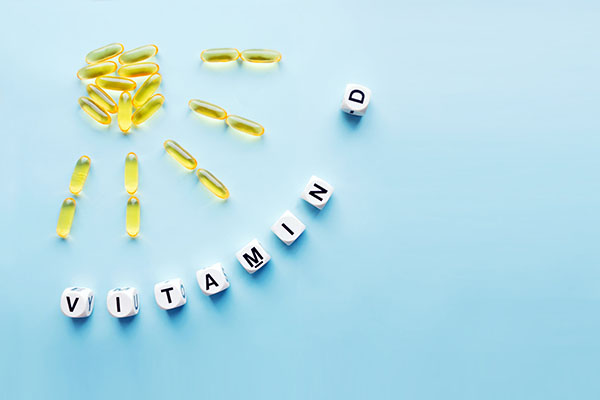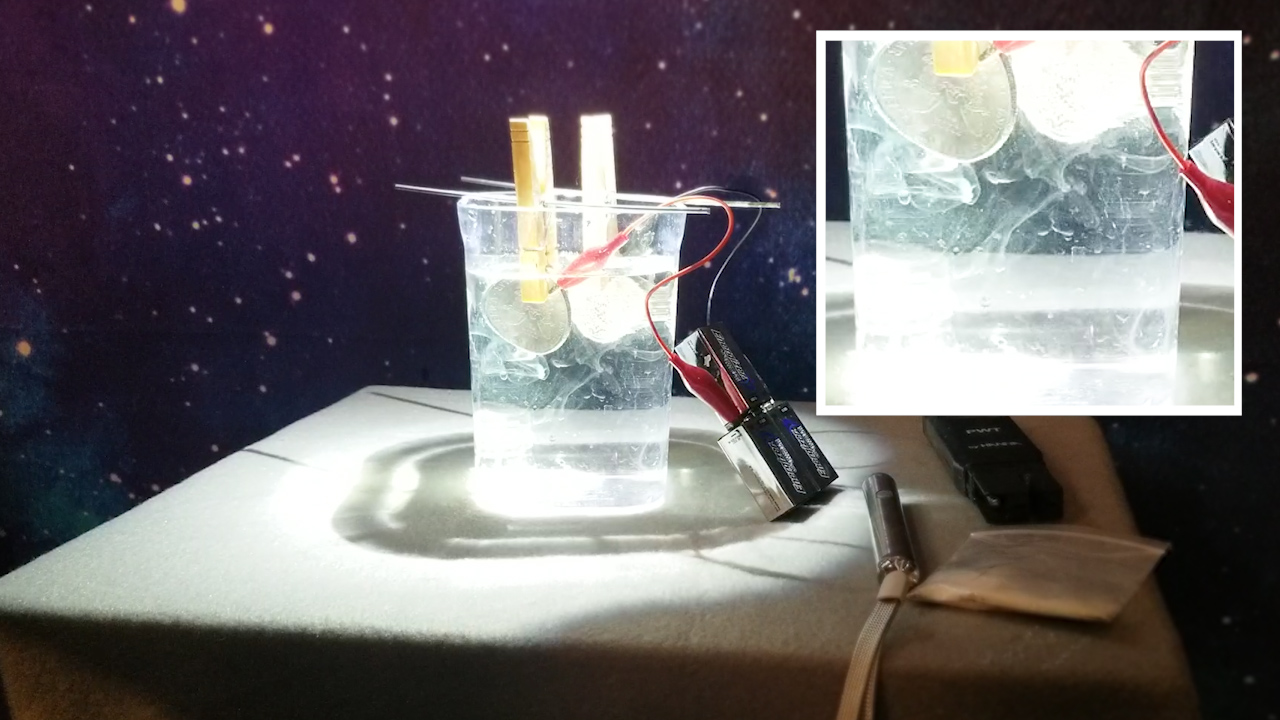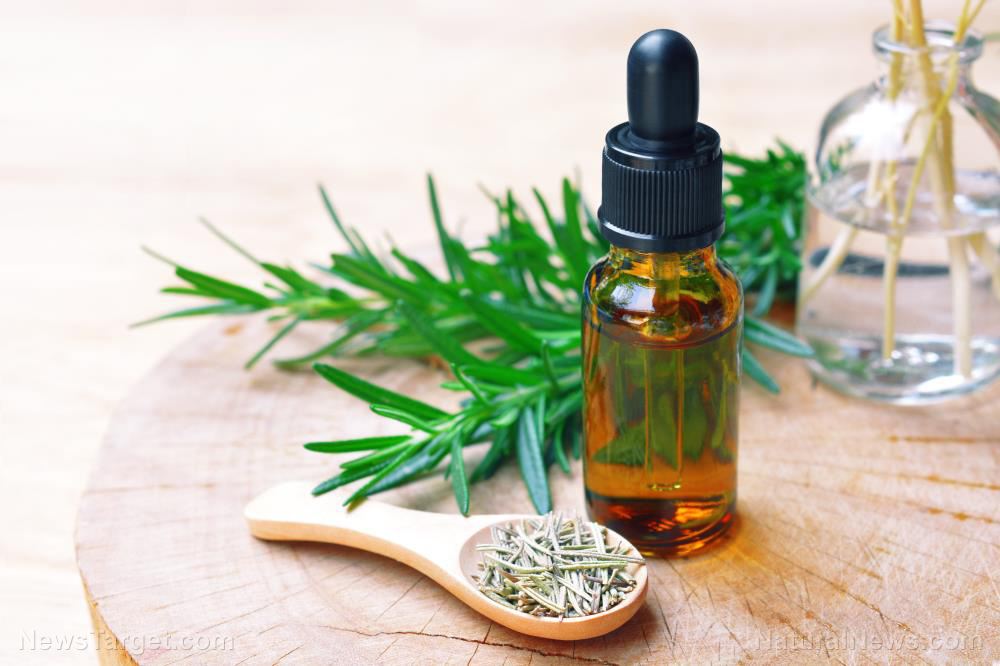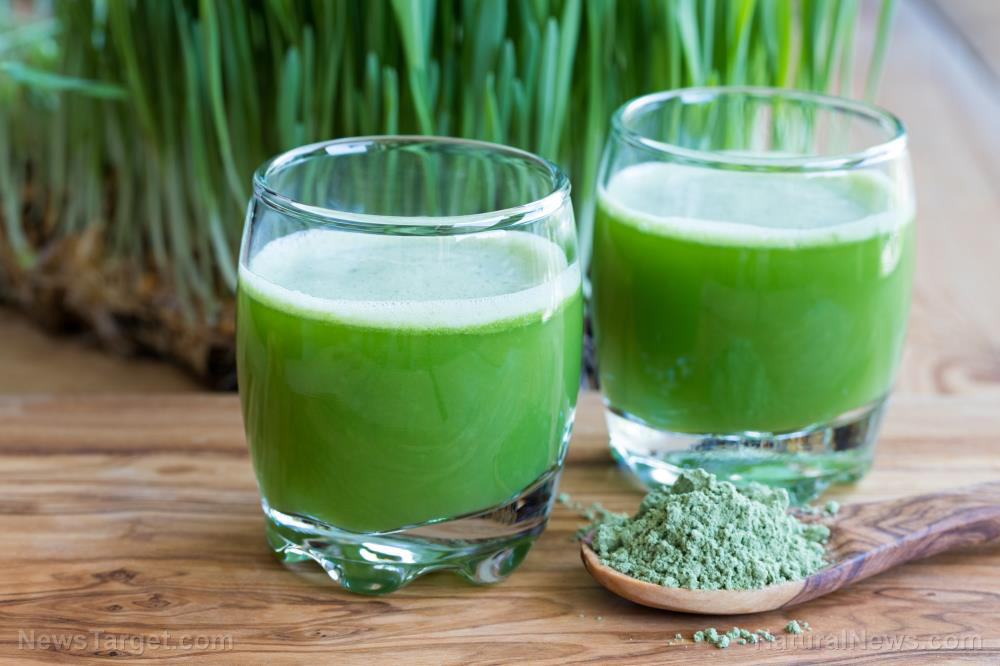Manage or prevent fatty liver disease naturally with these tips
02/15/2023 / By Olivia Cook

Fatty liver disease can be alcoholic or non-alcoholic. Alcoholic is caused by heavy alcohol use, while non-alcoholic is caused by a build-up of fat in the liver not related to alcohol use.
A study published in the World Journal of Gastroenterology reported that the prevalence of non-alcoholic fatty liver disease (NAFLD) has grown proportionally with the rise in metabolic syndrome, obesity, sedentary lifestyle and unhealthy dietary patterns.
Researchers indicated that a combination of dietary modifications and increased physical activity remains the mainstay of NAFLD management, which has been proven by numerous studies to have significant long-term health benefits but is hard for some to maintain. They also recommended that NAFLD patients, whether obese, overweight or not, should be educated that a healthy, quality diet and physical activity have benefits beyond weight reduction.
Choose a healthy diet
Opt for an eating plan that contains a variety of plant-based foods and healthy fats. Include a variety of fruits (apples, bananas, berries, dates, figs, melons, oranges, tomatoes), vegetables (broccoli, carrots, cucumbers, eggplant, leafy greens, peppers, squash, sweet potatoes), legumes (beans, chickpeas, lentils, peas, pulses), healthy fats (avocados, nuts, olives, seeds), fish and lean meats (skinless chicken and turkey), whole grains (brown rice, couscous, quinoa, whole oats, whole wheat bread, whole wheat pasta) and use healthy oils such as extra virgin olive oil.
Exercise regularly and be more active
A study published in the journal Gene Expression: The Journal of Liver Research has proven both aerobic and resistance exercises as safe and effective therapeutic strategies against fatty liver disease. Regular exercise helps to burn triglycerides for fuel and can also reduce liver fat.
In the liver, exercise increases fatty acid oxidation, decreases fatty acid synthesis and prevents mitochondrial and hepatocellular damage by reducing the release of damage-associated molecular patterns. (Related: Prevent fatty liver disease with exercise.)
Maintain a healthy weight
For adults, a healthy weight is defined as the appropriate body weight in relation to height. Body mass index (BMI) is calculated from your height and weight and is a useful measure of being overweight and obese, according to the National Heart, Lung, and Blood Institute of the National Institutes of Health (NIH).
To compute their BMI, adults can use a BMI calculator, by entering their height and body weight. BMI categories are as follows:
- Underweight = less than 18.5 BMI
- Normal weight = 18.5 to 24.9 BMI
- Overweight = 25 to 29.9 BMI
- Obesity = BMI of 30 or greater
The American Association for the Study of Liver Diseases (AASLD) identifies weight loss as a critical part of halting NAFLD progression and symptoms and recommends that people living with obesity and NAFLD lose between three and five percent of their body weight to reduce fat build-up in their liver. The study also indicated that losing between seven and 10 percent of body weight can reduce other symptoms of NAFLD, such as fibrosis, inflammation and scarring.
Protect your liver
You can be kind to your liver with the following tips. (Related: Treat non-alcoholic fatty liver disease naturally.)
- Be careful about alcohol consumption. Just four ounces a day of hard liquor for men (two for women) can begin to scar your liver.
- Wash raw fruits (even if you don’t plan to eat the peel) and vegetables. This is to remove any pesticide residue or remove bacteria that may be present.
- Prevent Hepatitis A, B and C. Wash your hands with soap and water often during these key times: before, during and after preparing food; before and after eating, caring for someone at home who is sick or treating a cut or wound; and after using the toilet, blowing your nose, coughing or sneezing, touching an animal, animal feed or animal waste, handling pet food or treats and touching garbage. Use a hand sanitizer with at least 60 percent alcohol to clean your hands if soap and water are not available.
- Consume more foods/beverages that have been proven by science to naturally keep your liver in optimal shape. These foods include beetroot juice, blueberries, cranberries, cruciferous vegetables (in addition to what has already been mentioned), grapefruit, grapes and prickly pear. (Related: Drink beetroot juice and enjoy these benefits.)
LiverDamage.news has more stories on how to maintain a healthy liver.
Watch this video to learn about curcumin and how it supports a healthy liver.
This video is from the Groovy Bee channel on Brighteon.com.
More related stories:
Glutathione helps fight fatty liver disease, reveals study.
Quianggan: A promising TCM for treating non-alcoholic fatty liver disease.
A compound in cottonseed oil can prevent fatty liver disease.
Sources include:
Submit a correction >>
Tagged Under:
alternative medicine, exercise, fatty liver disease, fight obesity, food cures, food is medicine, healthy diet, liver damage, liver health, NAFLD, natural cures, natural health, natural medicine, prevention, remedies, tips, weight loss, weight management
This article may contain statements that reflect the opinion of the author
RECENT NEWS & ARTICLES
COPYRIGHT © 2017 CURES NEWS


